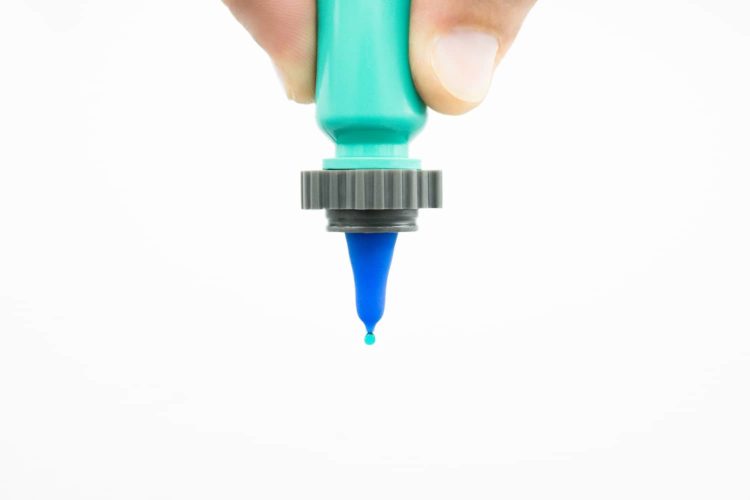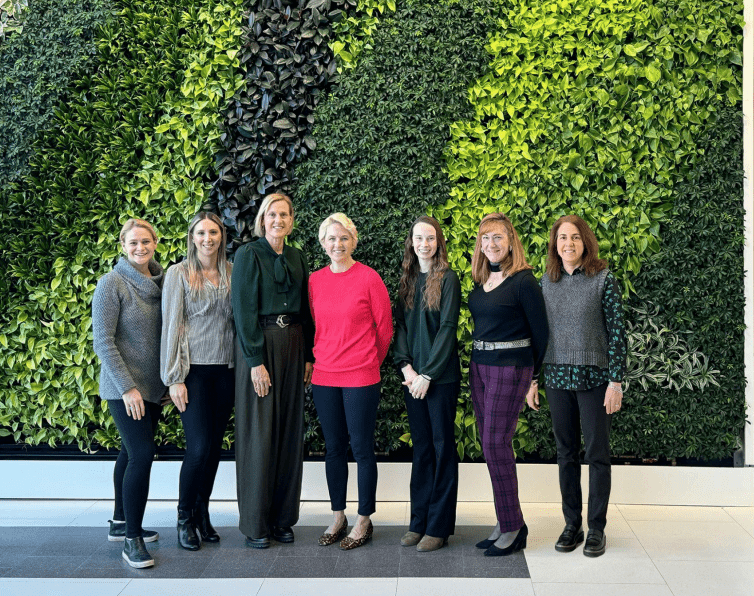
By Alicia Tang
Like broken records, Dr. James Murphy’s patients had been bringing him the same repertoire of complaints regarding their eye drops: the bottlenecks are too big. In an industry in which hygiene and sterilization takes precedence, waste has become a major issue – and the inefficient design of eye drop bottles is not helping.
“I see thousands of patients a year,” discloses Murphy. “They’re all using their glaucoma eye drop bottles. All of those bottles are there forever – they’re made out of plastic. They go through a bottle every month, so all of those bottles end up floating around in the oceans turning into microplastics and getting eaten by all the fish.”
Greenwich resident Jean Redmann, a patient of Murphy’s, lamented the size of the bottle’s opening: “Sometimes there would be too much, it would run down my face, and sometimes, I wasn’t sure if any drops went in my eye at all.”
Murphy added, “You run into these problems where they run out of the bottle before the month is up and then their insurance company won’t approve to dispense them a new bottle of medicine any earlier than 25 days after the previous bottle was dispensed.”
This, too, was a worry of Redmann’s. “I can’t tell you how stressful it used to be when I would look at the date that I would pick up my prescription and I could tell that the bottle was running out.”
Murphy decided it was time to introduce the Nanodropper. “If you spend more than $5 a month on your glaucoma eye drops, using a Nanodropper is going to save you money,” he would tell his patients.
The Nanodropper adaptor, which consists of three distinctly colored components screws onto 90% of commercial eye dropper bottles, according to Nanodropper co-founder and CCO Mackenzie Andrews.
She and her team had to ensure utility, versatility, and ease of use. Their design accommodates older patients in several ways; “There’s different dexterity ranges… some older folks might have a harder time because of arthritis. That’s why [the Nanodropper] has kind of a funny shape… everything is easy to grab on to.”
Andrews continued: “We tried to create more color contrast with the bright blue tip against the gray because a lot of these bottles are white – we hear from patients that they have a hard time aiming their drops because it’s typically a white bottle against the light-colored ceiling.”
“The gray components are recyclable, they’re just your standard number two plastic.” The silicone tips, however, are not. Because the eye is directly connected to the brain, Andrews explained, the tips, which may come into contact with the eye, are single-use to reduce risk of infection. However, according to Andrews, and an environmental research study conducted by the team, the benefits still outweigh the environmental costs; Andrews recites, “since there’s less plastic in the Nanodropper than there is in the original bottle and we make the bottles last three times as long, if you use a Nanodropper, you are reducing plastic waste.”
Meanwhile, Nanodropper works toward “being more affordable, increasing access to vision-saving medications, and improving patient experience,” Andrews said.
“We’re making some design changes to make it compatible with more bottles,” shared Andrews. “From a company standpoint, the big thing we’re focused on is just increasing access points for patients.”
While the Nanodropper Team may have a full agenda for the future, Redmann has no complaints.
“It dispenses the right amount, I don’t have any extra running down my face and the bottle has actually lasted three months,” raves Redmann, who has been using the product for eight months now. “It’s relieved my anxiety about the whole thing,” she says of Murphy’s prescription.
It seems Nanodropper’s future looks very bright.




